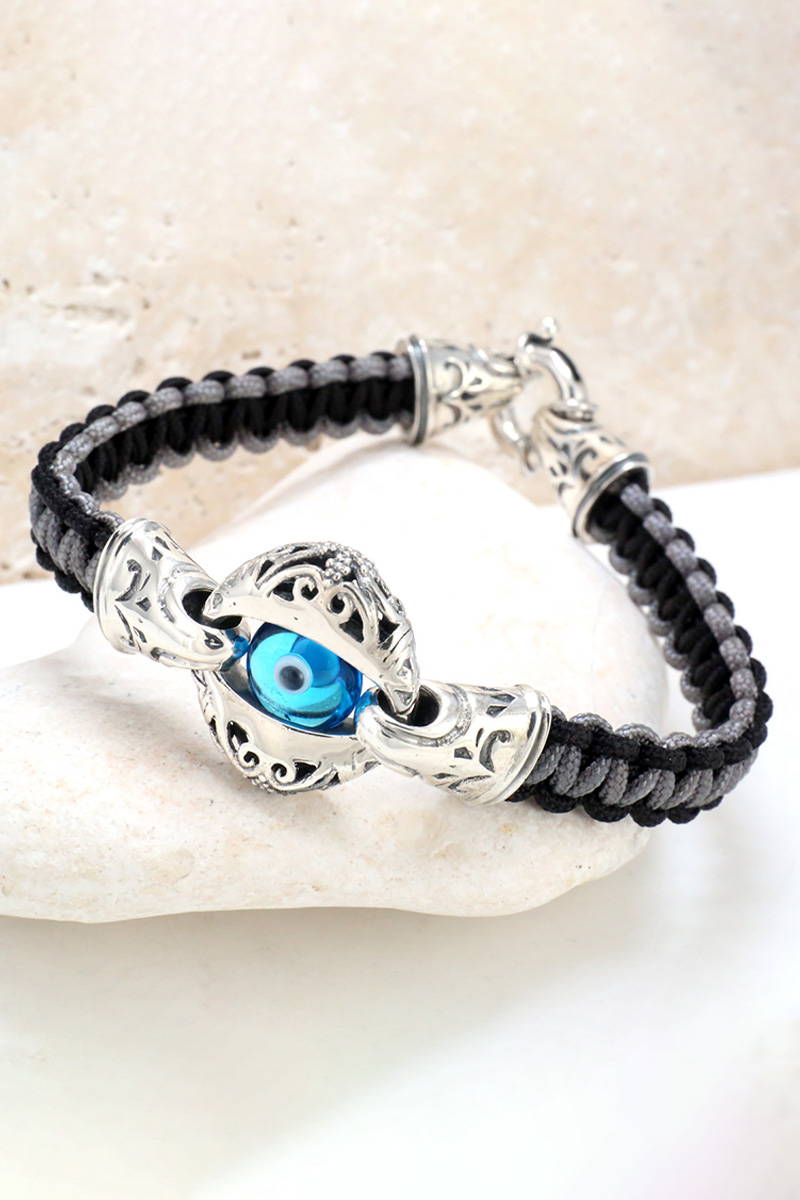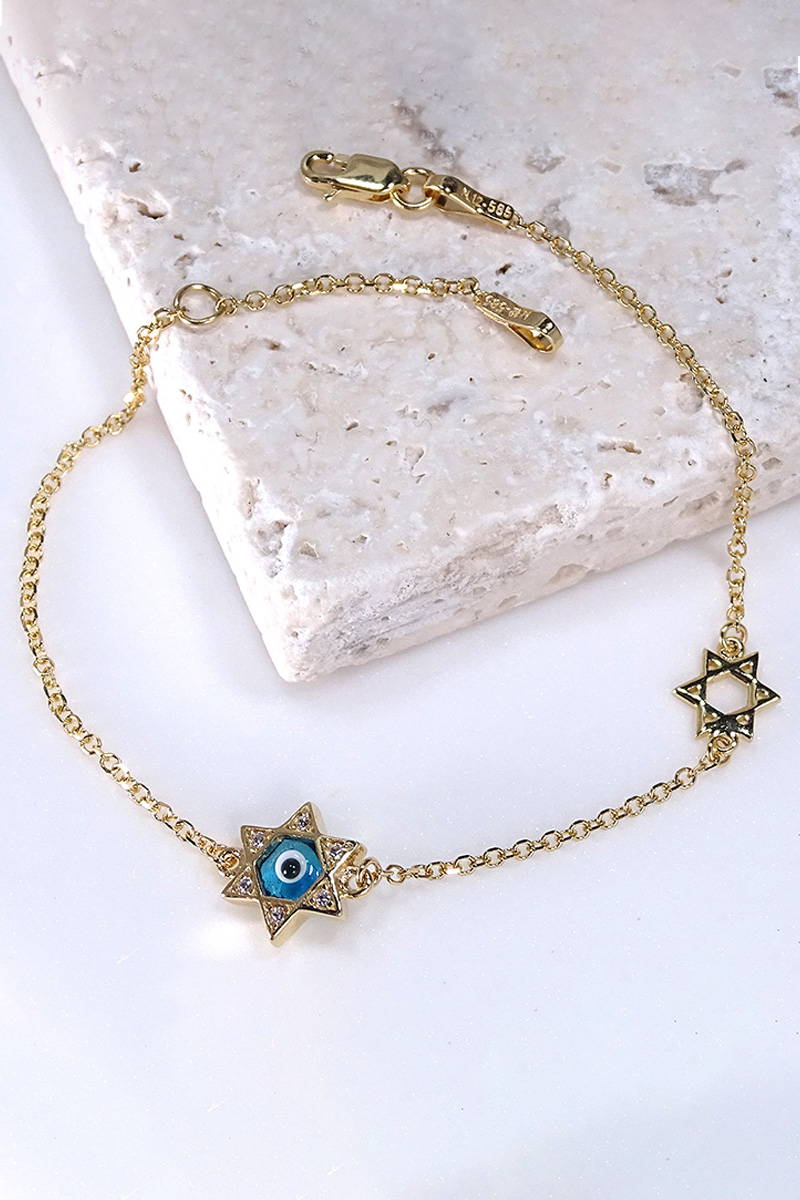+1 (862) 222-0442 (EST)
The Evil Eye
Jewelry for protection and style
One of the oldest multi-cultural symbols in human history is the "evil eye". It's origins may have originated in the ancient middle-east prior to Sumerian times, and like most things that old and enduring it's meaning is rooted in the occult, fear and hope.
The premise of the "evil eye" was that ne'er-do-well's might intentionally or inadvertently curse people they were envious of by giving them "the eye". One of the most common stories might be jealousy over a beautiful child, or of another's financial success. The curse could result in anything from sickness or lack of success to death itself, so naturally finding some sort of protection against it was important.
In example of how wide-spread the legend of the evil eye was (an still is), Jesus mentions it in Mark 7:22. Philosophers like Plutarch (Greek) and Pliny the Elder (Roman). The Illyrians, Egyptians, Scythians, Assyrians, Hittites, Babylonians and others all had the evil eye in their lore. Today the eye is a popular superstition around the globe - from Latin America, Africa, India and beyond.
Warding Off the Evil: Ancient Greek Talismans
First we should clear up a little confusion: The term "evil eye" refers not just to the curse, but also informally to the talisman created to protect against it. For instance the term "Mati" is the Greek work for "eye", and you'll see that on our site from time to time as a result.
These talismans were believed to reflect bad energy and keep people safe from misfortune. They were worn as jewelry or hung in homes to keep danger at bay.
The Evil Eye Today: Still Protecting
The ancient Egyptians often used stone or clay as a material for their talisman, but the Anatolians and Greeks advanced the craft through the use of hand blown blue glass. Today we see an advancement beyond that through the use of enamel, turquoise and precious stones such as emeralds, sapphires and diamonds.
The Evil Eye remains a popular symbol today, worn as jewelry or displayed in homes for protection. It’s become more than just a superstition—now it’s a reminder to keep negativity away while embracing positive energy. This ancient symbol fits perfectly into modern life.
The eye has been combined with other symbols (shown above with the Star of David and Cross and below with the Hamsa and Konstantinata).
The Hamsa (the Hand of Fatima) is of ancient Mesopotamian origin and was originally meant for similar protective purposes. "The Hand" has been adapted by the Carthaginians, Sephardic Jews and countless others, bringing more evidence to the evolving nature of symbology in human history.
We mentioned earlier that this is one of the most widespread and enduring symbols in human history ... it's precisely because at the core it represents a struggle between negative and positive forces ... which exists everywhere and has never gone away.
Our Evil Eye jewelry offers more than style—it’s a protective charm rooted in ancient tradition. Each piece blends the old with the new, giving you a way to carry both beauty and protection with you. Whether a bracelet or necklace, these pieces empower and connect you to a rich history.
















